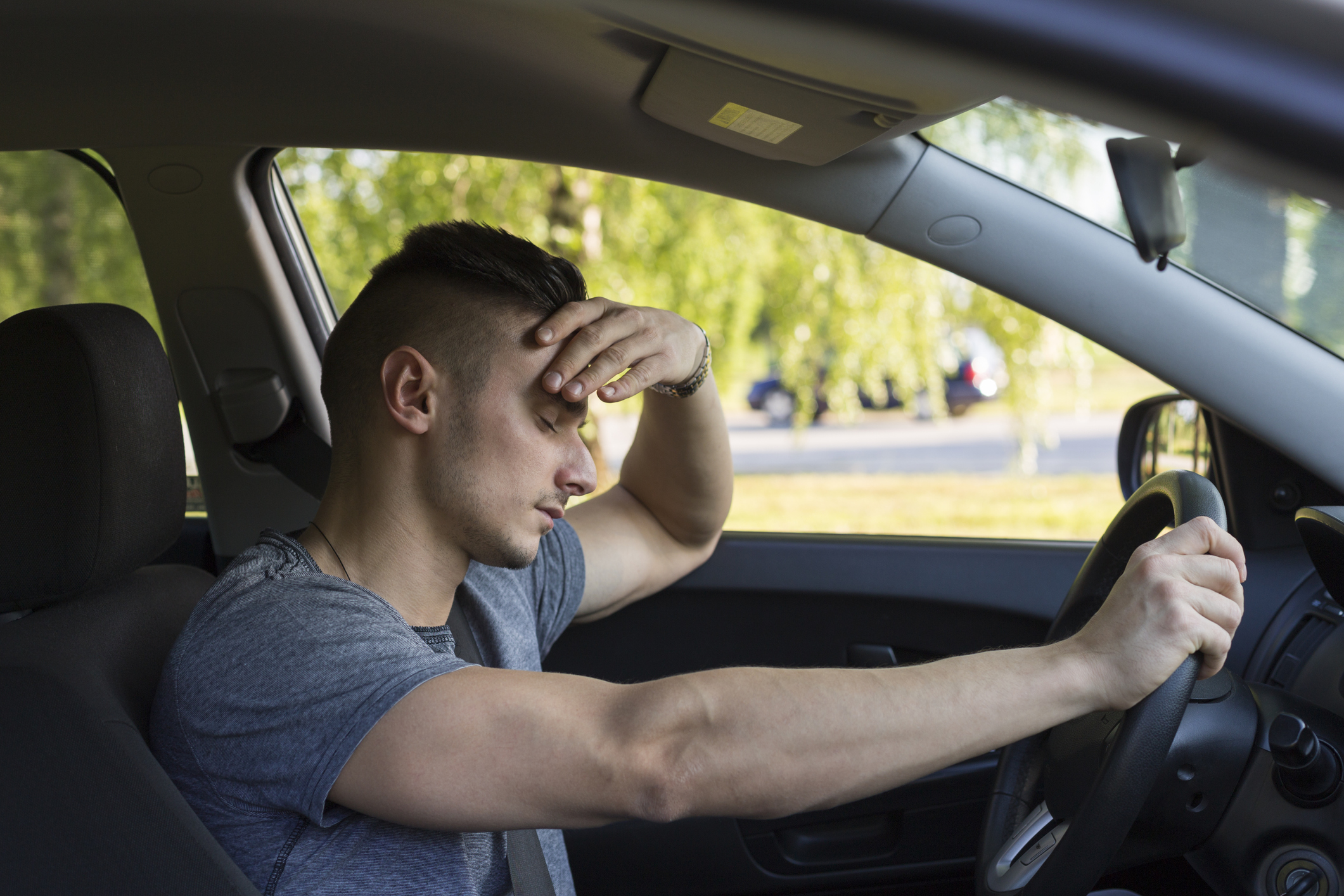- 21 August 2019

Driving while under the influence is about more than just alcohol!
There’s a saying that goes like this: “The simple fact that we have to ask is answer enough.” So instead of asking yourself whether you’re fit to drive, try telling yourself that you’re very likely not fit to drive!Driving, it bears repeating, is a complex activity that relies on all of our senses and faculties.
In Canada, accidents involving alcohol or drugs (or a combination of both) continue to be the leading cause of criminal deaths (Source: MADD).
From a legal point of view, zero tolerance with regard to alcohol applies to all drivers under 22 years of age, as well as all drivers with a probationary or learner’s licence. This also applies to people with a learner's motorcycle licence, even if they have had a driver’s licence for more years than they can count.
But the laws in force are not just about the 0.08 legal limit; police officers are empowered to arrest a driver if they have reasonable grounds to believe that his driving ability is adversely affected, by it by alcohol, drugs or medications (Source: SAAQ).
Nearly all medications, including those sold over-the-counter, have side effects that can impact driving ability. The most common of these is drowsiness, but certain medications can also cause dizziness, blurred vision and decreased concentration (Source: SAAQ).
Try telling yourself that you are very likely not fit to drive!
The only responsible conduct possible is to not get behind the wheel unless your driving ability is 100% intact.
Easy to say, not so easy to do? Here’s a thought: If you cringe at the idea of finding solutions to avoid driving after, let’s say, an evening out with friends, imagine what it would be like if you were to have your driver’s licence suspended!!!
Other blog articles that may interest you
How can I stop being distracted by my phone?How to show common courtesy on the road?
The safety corridor : What do we do?
Share on Facebook


